Avatar: The Last Airbender: "Chapter Twelve: The Storm," "Chapter Thirteen: The Blue Spirit," and "Chapter Fourteen: The Fortuneteller"
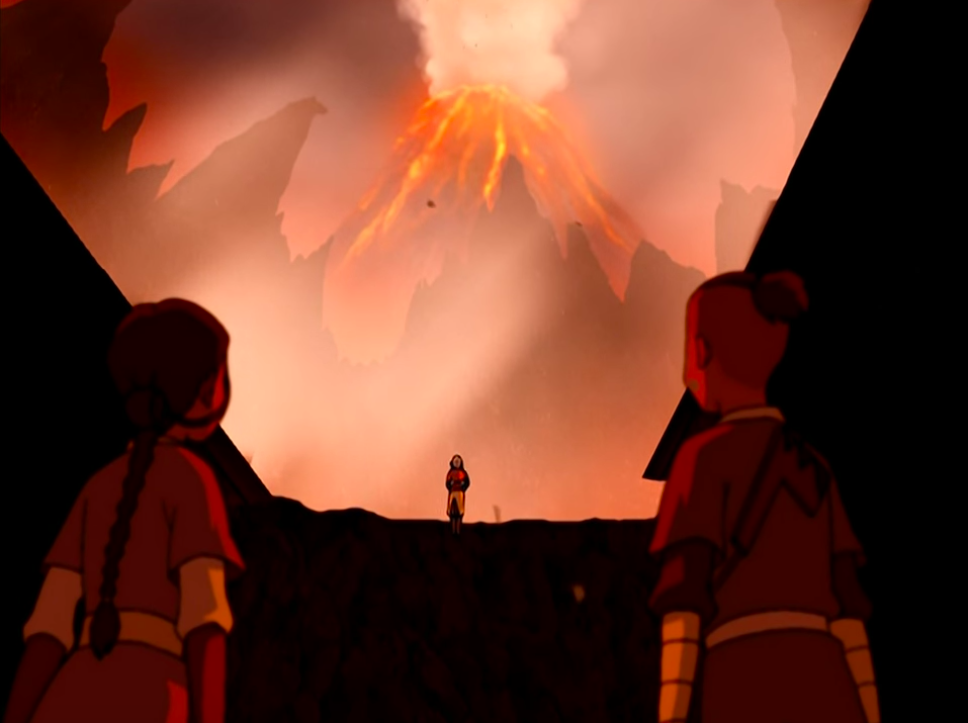
(This is the fifth installment of my weekly recaps of Avatar: The Last Airbender, the Nickelodeon animated series that ran from 2005 to 2008 to much critical acclaim. I’ve never seen it! These recaps are only available to paid subscribers.)
“Chapter Twelve: The Storm” (originally aired June 3, 2005)
“Chapter Thirteen: The Blue Spirit” (originally aired June 17, 2005)
“Chapter Fourteen: The Fortuneteller” (originally aired September 23, 2005)

Serialization is weirdly delicate and easy to break. When it works, there’s nothing like it. When it doesn’t work, it’s so easy to convince yourself a story is headed somewhere without actually having a great time on the way there.
Increasingly, in both my criticism and my fiction, I think of serialization not as a slope or a tightrope but as a popcorn chain. The progression of a slope is often so linear that it becomes predictable, and a tightrope is literally a straight line. But when you string popcorn along a long piece of thread, some kernels will be bigger than others, and it’s not always clear how many pieces the chain will hold, and the whole thing is constantly in danger of breaking. The chain sags under the weight of what is placed upon it, but the ultimate result can be very lovely indeed.
I think of serialization this way because I think of serialization not as one story but many. The best serialized stories incorporate lots of bibs and bobs, then weave all of those elements together in the end. But the important thing is that the bibs and bobs are interesting, too. A serialized story is only as strong as its individual elements, and you can only hide so many weak links before the whole thing snaps.
Avatar took its sweet time unfurling its serialized story. Yeah, we’ve been following the very loose adventures of Aang and his friends as they head to meet with the Northern Water Tribe, and events have built on each other, more or less. But the story has been so focused on the individual elements that the larger picture has been hard to see. That was particularly the case in the episodes I covered last week, which were all fine in isolation but painted a misleading picture of the series as a whole. I had faith that everything was headed somewhere, but I didn’t know how long that faith would be tested.
It turns out not for long! These three episodes are probably the best three episodes I’ve covered thus far, and the first two step back from the individual elements to offer us a good, long look at the story we’ve been seeing so far. Fittingly, they were the last two episodes to air before the show took a several months long break, then returned with “Chapter Fourteen: The Fortuneteller” (which I will likely talk about less in this article but which is probably my favorite standalone adventure so far — it has big Silver Age Superman energy). These episodes don’t just provide a look at the show’s broader canvas. They also provide something vital: context.
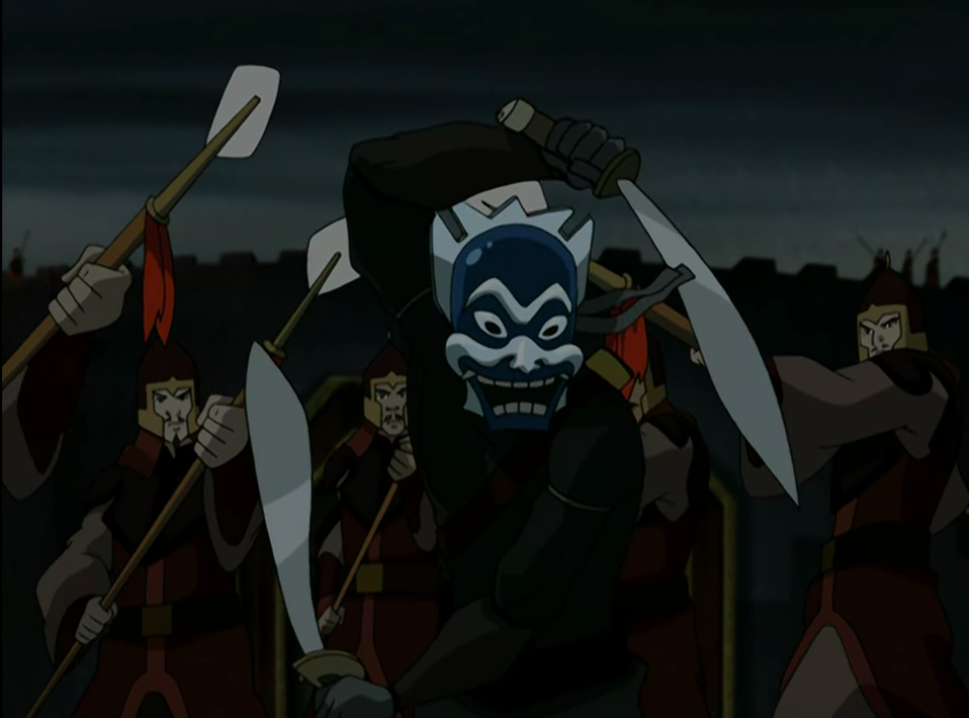
I mentioned offhand in last week’s review that I didn’t particularly care about Aang as a character, something I feared was holding me at arm’s length from the series. Both “The Storm” and “The Blue Spirit” work overtime to recontextualize Aang, making him less of an all-powerful superhero and more of a scared kid who tried to ditch his responsibilities and doomed the world as a result. It’s a neat inversion of the refusal of the call idea that trips up so many hero’s journeys. Here, Aang has already refused the call when the story begins, and it ended in disaster. He needs to make it up to everybody he failed but most of all himself.
I keep using Superman as a comparison point for Aang, and the similarities seem pointed to me. Aang, too, is the last hope of a dying planet, and he, too, was born from oceans of death. He has a quirky supporting band of players, and Momo might as well be Krypto the Super-Dog.
The major difference, however, is that when we meet Superman, he’s pretty fully formed. He exists in a world where adult moral decisions have to be made, even when the character is in stories explicitly aimed at younger audiences. Aang isn’t fully formed. His decision to abandon his Avatar training is essentially a few weeks in the past from his perspective. It feels immediate for him in a way it doesn’t for everyone else, and it paints the trials of the world we’ve seen so far in a new light. They’re not all Aang’s fault, but it’s a lot harder to argue that having him around couldn’t have helped.
These two episodes also do a great job of bringing Zuko to the forefront. “The Storm” roots his story in a conflict with his father that leaves him scarred both physically and psychologically, and it also offers us a new lens through which to see his pursuit of Aang. We always knew intuitively that it was a fruitless chase Zuko was on before Aang busted out of that iceberg, but “The Storm” places that chase within the context of his father’s cruelty.
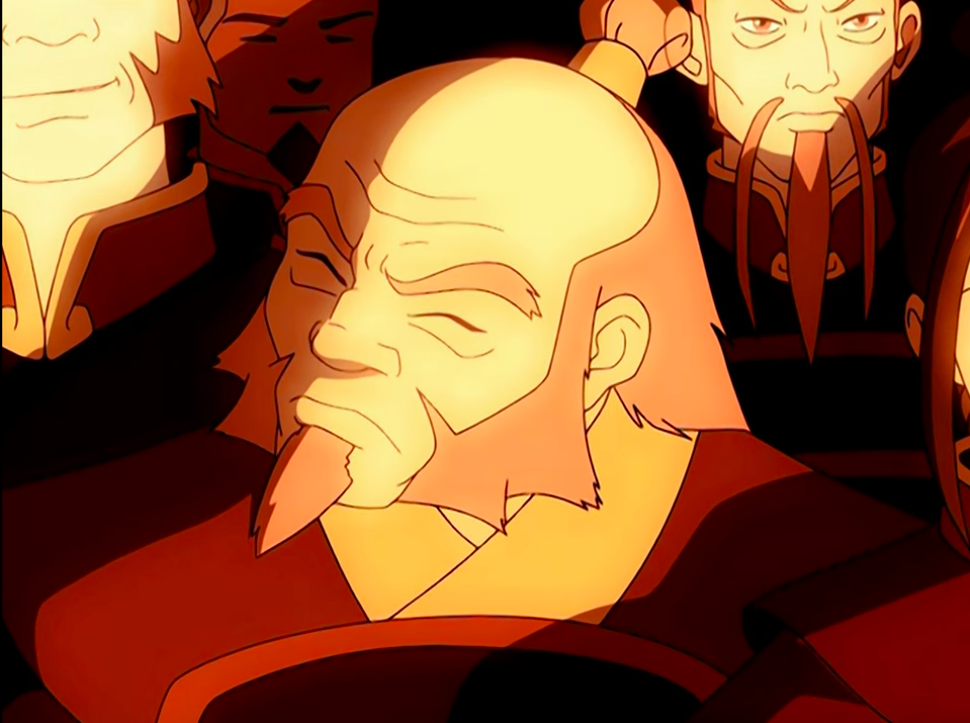
Similarly, “The Blue Spirit” draws a link between the two characters when Aang, out to save his friends from the illness they contracted in the storm of the previous episode (continuity!), is captured by Zhao, who seems ready to torture him for as long as Aang shall live. He’s later saved by a mysterious warrior in a blue mask, who is, of course, Zuko. Aang extends a hand of friendship, but Zuko isn’t yet having it. You can still see the bones of where this is going, and it’s all the more obvious after these two episodes that Zuko is not the series’ primary antagonist or even the season’s primary antagonist. Indeed, it seems clear that this story will eventually turn Zuko and Aang into reluctant allies, because that’s how stories like this work.
When I said that serialization was a popcorn chain, I meant that the trick of it was to get your eye to take in a bunch of individual things as a larger whole. But it also might be best to think of it as a Magic Eye painting, where the eye can’t quite make out the picture until just the right moment when it snaps into focus. I don’t know that any of these episodes is an all-time great episode of television, but they do something I’m always looking for in a serialized TV series. They give me a sense that there are storytellers behind the scenes who know where this story is going.
Choosing when to show your hand is so, so tough. Having done it twice on Arden now, I know that if you delay showing your hand for too long, the audience grows bored, but if you show your hand too soon, the audience gets way out ahead of you. I don’t know that this particular batch of episodes was the right place to reveal the full picture. I wouldn’t have minded if it came a little earlier, to be honest. But it almost doesn’t matter, because I left this trio with a new feeling when it comes to this show: faith the series had actually earned, instead of promise I had read into it.
And now a few words about “The Fortuneteller”
I dearly loved “The Fortuneteller,” an episode that had little to do with the show’s big picture but that was one of the funniest episodes to date. (Honestly, it might be my favorite of the run so far.) In particular, I liked it as a vehicle for Sokka’s growing irritation with the way nobody will listen to him about this obviously ridiculous fortuneteller, and I liked it for the thorny moral at its heart, which suggests that letting people believe in abject and dangerous falsehoods is okay if that’s what they want to believe. (It’s another moral that has an added weight right now.) And I also liked Meng, the girl with a crush on Aang, who gave me a big Peanuts vibe with her endless crush that was unreciprocated.
The episode even got me nominally invested in Katara and Aang’s romantic pairing, though the show is going to have to go a long way toward getting me to actively root for these two to get together. Does Aang want to give Meng another look? Maybe? They seemed a little more the same speed.
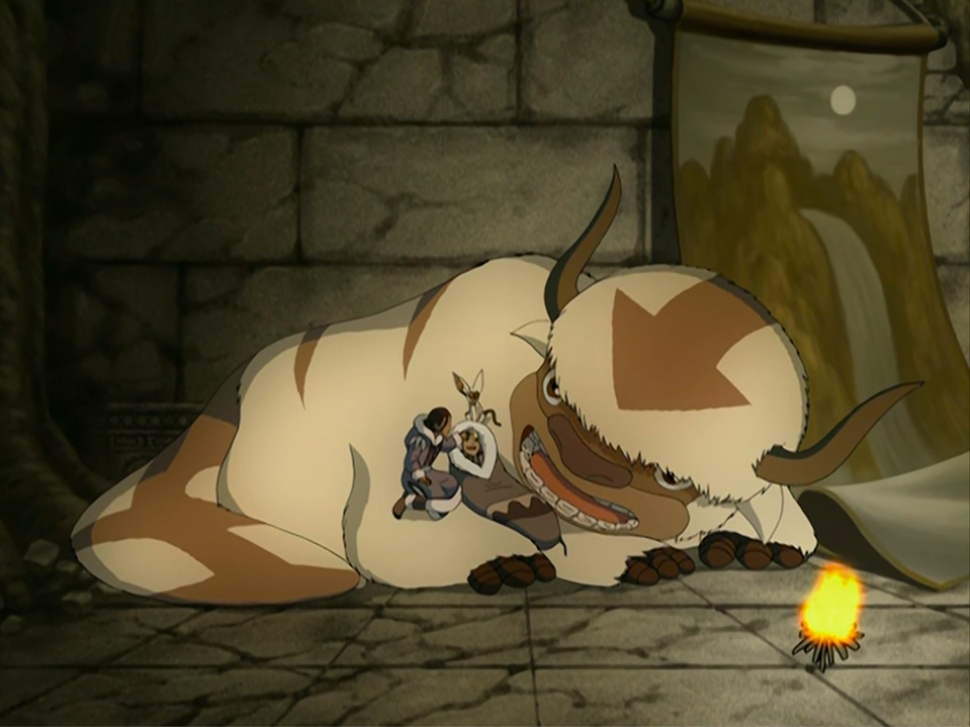
Other thoughts I thought:
- A good batch of episodes for my number one floaty friend Appa. His flying through the storm was impressive, and his massive sleep in “The Blue Spirit” was well earned. Good for you, Appa!
- Every time Aang gets out his glider on the slightest of provocations, I laugh. He’s always ready to just take off flying at a moment’s notice! And, yes, these episodes contextualize that, and, yes, he just wants to help his pals, but it’s still funny.
- I have been pretty down on the action sequences on the show so far, but Aang’s escape from Zhao’s men in “The Blue Spirit” was terrific. It was the first time I felt like there were actual stakes involved in one of these sequences.
- On the other hand, I hope someone was fired for the blunder of Aang stopping the threat of a volcanic eruption by having everybody dig a trench the lava could flow into even though the real threat would be the noxious gases! What a blunder!
- In general, an episode of this show is better the more frustrated Sokka is. Prove me wrong.
- So is Aang into Katara because he just sees her every day, or what? I mean, she’s great, don’t get me wrong, but I remain unconvinced of his crush.
- In the process of working on this article, Nickelodeon revealed there will be so much more Avatar content, and while I like the show now, must everything become a huge universe? Can’t we just have this show and Legend of Korra and leave it at that? No?
Next time: Season one enters its home stretch with “Chapter Fifteen: Bato of the Water Tribe,” “Chapter Sixteen: The Deserter,” and “Chapter Seventeen: The Northern Air Temple.” See you then, and yip yip.

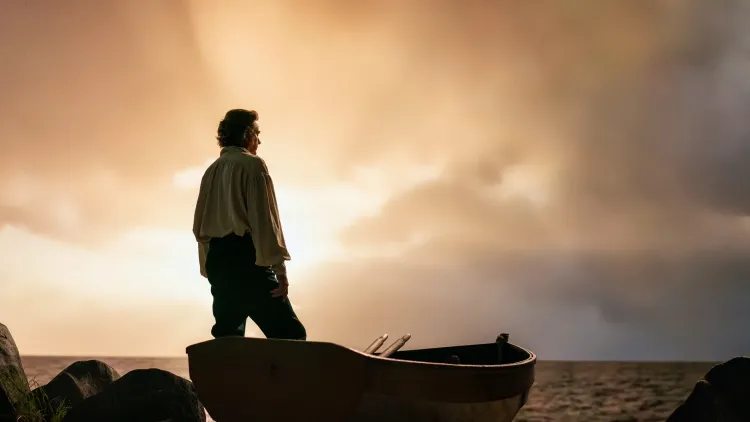
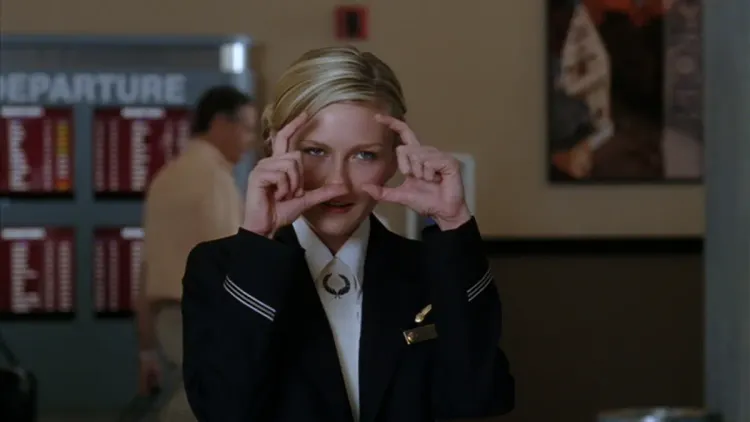
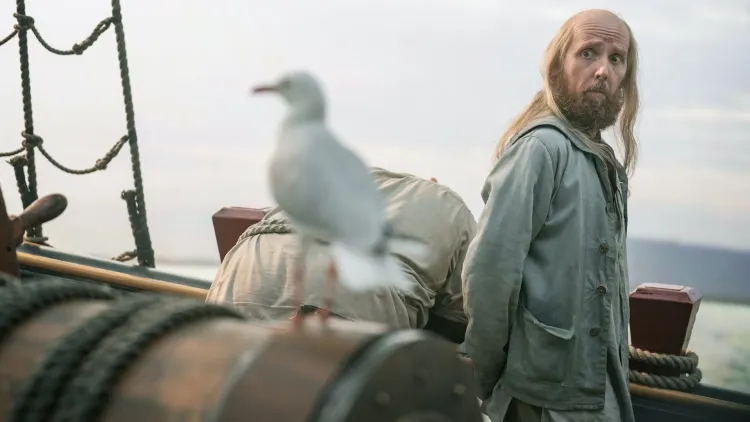
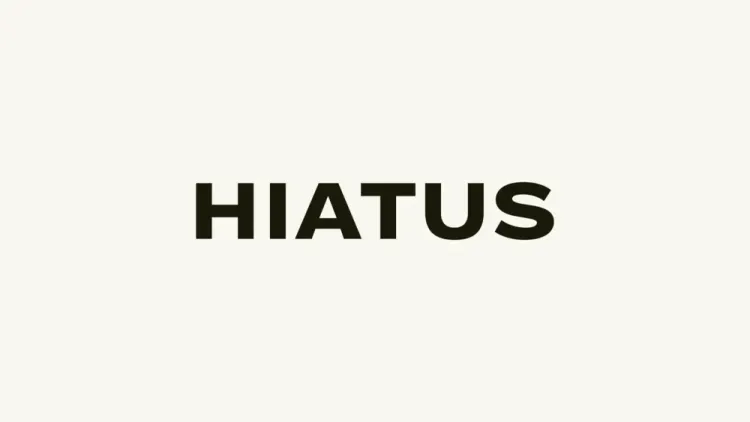
Member discussion